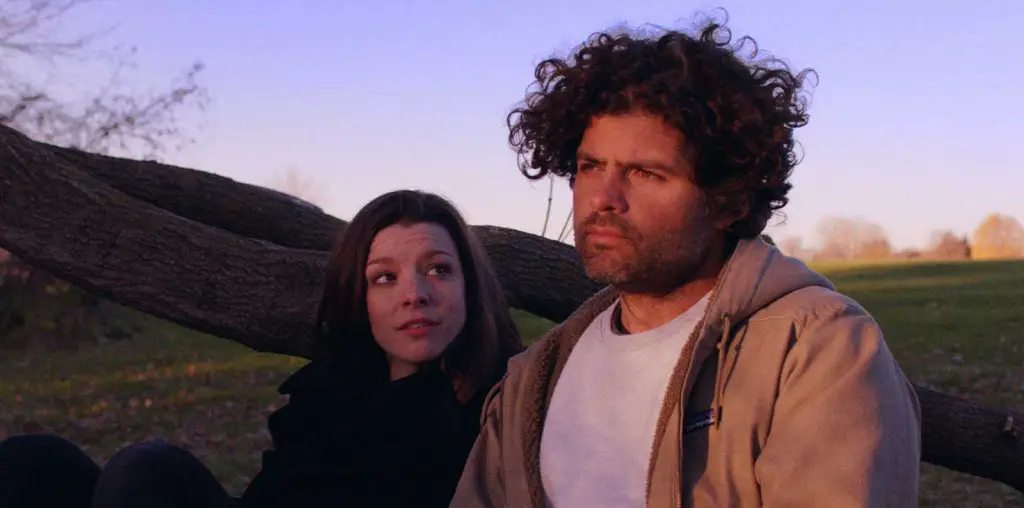
“Supermax Wisconsin” was produced by the students at the University of Wisconsin-Madison as part of a documentary course taught by a visiting professor, and it is filled with far-left liberalism felt only by idealistic college students. It is a deliberate slam piece on Wisconsin’s Supermax prison.
Director Joshua Moise falls into the easy trap that befalls so many anti-prison pundits. He attacks prisons themselves as evil, rather than addressing a really hard and sticky issue in society. It is troublesome in this documentary that there is only one prisoner and only three families interviewed. The bulk of the talking heads in the film are politicians, activists and psychologists.
Practically every cliché about prisons is explored – from racial bias (which is more a reflection of our legal system in this country rather than the correctional institutions) to a rise in inmate numbers being a bad thing (after all, doesn’t this mean there are fewer criminals on the streets?). Moise even espouses the theory that inmates are thrown into maximum security because they are members or fanatical political organizations like the Nation of Islam and the Black Panthers.
Several times, the documentary tells us that Supermax isn’t for the worst and most violent criminals – only for those with discipline problems. However, this is never shown. All that would be needed is one or two case studies showing the inmate incarcerated for a minor crime in horrible conditions. Moise doesn’t even mention the crimes the inmates have committed – not even when the single inmate is interviewed.
Why not tell us the crimes? What are the minor infractions that land people in these prisons? By his silence, Moise leads us to assume that in fact, most of the inmates in Supermax are violent murderers and rapists (for whom I care as much as they did for their victims) or such behavior problems that the only place to keep them is in maximum security.
Moreover, in the middle of the film, it spirals into an Art Bell-inspired line of conspiracy theories about how small towns, politicians and prison builders are breaking inmates spirits in order to keep their jobs. The high point of this is when Shaka Shakur, a Supermax inmate from 1999-2000, explains how white guards searched his dreadlocks in order to incite him into a confrontation so they could extend his sentence.
I once took a critical thinking course in college in which the professor assigned an essay to defend your belief for or against the death penalty. While the professor was adamantly against the capital punishment, he didn’t just rip a new one for the students who wrote pro-death penalty essays. He laid into the ones who spoke out against it as well. The reason was that many of these students had a dangerously warm and fuzzy, touchy-feely attitude towards the whole situation.
“For those of you who think that inmates on death row are poor, innocent creatures who just need some love,” he yelled to the class, “you need to spend some quality time with inmates on death row.”
Although I hated that particular professor, he did have a point. Maybe these filmmakers should sign up for his class.
As a technical piece of student filmmaking, “Supermax Wisconsin” is very cleanly put together. However, as a persuasive documentary, it falls short. Apparently their professor skipped the chapters on presenting opposing viewpoints, talking to primary sources and presenting a complete and persuasive argument.
